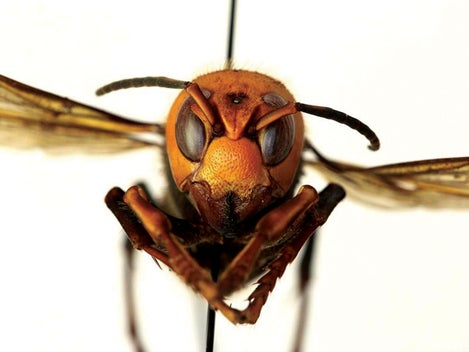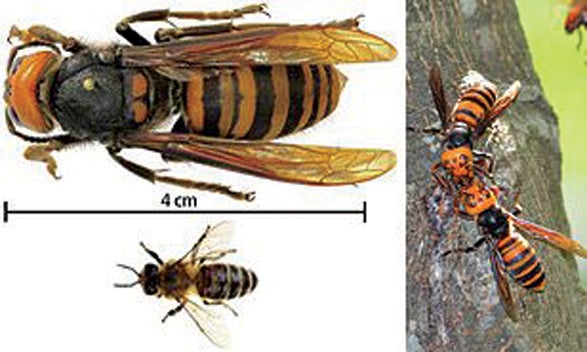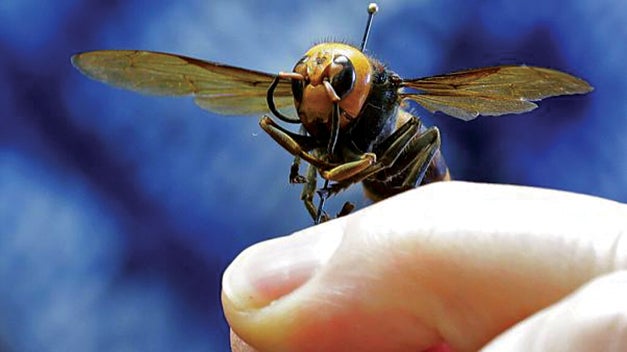East Tennessee Outdoors: Murderous Insects
Published 2:26 pm Tuesday, May 12, 2020
|
Getting your Trinity Audio player ready...
|
BY DANNY BLEVINS
STAR CORRESPONDENT
I think we can all agree that 2020 has been a rough year. To start we almost went to war with Iran. Next came the forest fires that destroyed about half of Australia. Then the big one hit – Covid-19 Virus. Suddenly everyone was wearing face masks, and we were all afraid to leave our homes.
Now for the month of May…murder hornets! Yes, you read that right, murder hornets.
Last week Asian giant hornets measuring about two inches long were found in Washington state, but unless you are a honeybee, you probably don’t have to worry about being murdered by these bees.
The bees that were found in Washington state are not big killers of humans, though if enough of them sting you, they can kill you.
They are just a few of the bugs in America that can affect humans in more than a passing discomfort.
These bees get their name because they destroy entire colonies of honeybees. They attack the colony, and by the time they are finished, they have decapitated every honeybee in the colony.
Honeybee numbers have been falling over the last few decades already, and that is bad news for us humans and agriculture.
We count on the honeybees to pollinate crops and on average 75% of plants count on pollination to reproduce.
As for humans, the murder hornet’s sting is very, very painful, and can even penetrate a beekeeper’s suit, but they only kill about two dozen people each year on average.
So far, no one has died from murder hornets in the United States, and the hornets have been contained to the Pacific Northwest.
We don’t think much about them, but we are surrounded every day by insects that can kill us. Most types of bees have the potential to kill humans of every age.
According to the Center for Disease Control and Prevention, an average of 62 people die each year from honeybees, hornets, and wasps.
Compare those numbers to murder hornets and you will see that the murder hornets are the least of our bee worries.
None of these, though, should be named a murder insect. The insect that should be named a murderer is the common mosquito.
The mosquito has the repetition of being the real man-killer.
Mosquitoes are responsible for millions of deaths worldwide each year from dengue fever, malaria, yellow fever, and other mosquito-transmitted diseases.
Some have estimated that mosquitoes have killed billions of people over the duration of human history.
During the 19th century, for example, it is estimated that millions of Americans contracted and died from illnesses such as malaria and yellow fever that were carried by mosquitos. During this time over 100,000 Americans died from yellow fever alone.
Compare deaths from mosquitos to any of the other insect-related deaths, such as bees, spiders, and ants and it becomes very clear which insect is the real danger.
Even today, though many countries including the United States have taken large steps to eradicate these diseases, they are still not contained around the world.
According to the CDC, one million people die worldwide from Malaria each year and a child dies every 30 seconds from this disease worldwide.
There are a lot of things out there that we can fear, but the “murder hornet” is certainly not one that should cause you to lose sleep.
Now the murder deer, that is another story for another time and another column.








